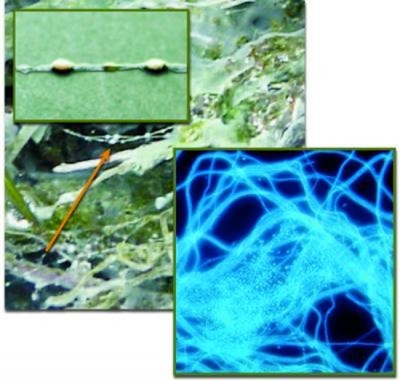The Oldest Life on Earth Still Dominates at This German Cold Spring
Do you want to get a glimpse of the life that dominated Earth during prehistoric times without being menaced by hyper-intelligent raptors? A German cold spring with a unique environment can offer you a look back into our planet’s past, to a time when simple life forms known as archaea made the rules. Granted, it’s not exactly Jurassic Park. You’ll need a high powered microscope just to see these prehistoric creatures, and they’re not exactly as exciting to watch as a triceratops. Then again, they’re also not going to try to murder and eat you, proving once again that life is a series of compromises leading inexorably to bitter disappointment. As if there were any doubt. Archaea represent some of the oldest forms of life on Earth, but were long thought to be solely extremophiles, making their livings where other microbes feared to tread, like the deep ocean thermal vents or mining runoff. In Germany’s Sippenauer Moor, though, there is at least one relatively normal-seeming environment where archaea and bacteria have come to live in harmony together. Researchers from the Lawrence Berkley National Laboratory recently sought to shine some light on the strange relationship and explain why archaea have been so successful in this unlikely environment — literally. By exposing the cold spring’s one-of-a-kind denizens to infrared light, they’re hoping to learn more about what makes them tick.
In the springs of Sippenauer Moor, researchers found the SM1 Euryarchaeon living in about equal numbers to local bacteria, and seemingly interacting with their more advanced microbial brethren. That microbial makeup is more or less unheard of anywhere else in the world, and after examining the two species interaction under infrared light that offers a ringside seat for the action that takes place between the microbes, researchers found evidence suggesting the archaea and bacteria are working in concert to metabolize sulfur in the water for energy.
Researchers hope that these results will help them learn more about the other rare places in the world where archaea and bacteria interact regularly and provide some welcome insight into the lives of the ill-understood archaea.
(via Science Codex)
- ODing on sugar can kill bacteria dead
- Archaea are tough, but so are some bacteria, to be fair
- This pooch can sniff out bacteria wherever it is hiding
Have a tip we should know? tips@themarysue.com
